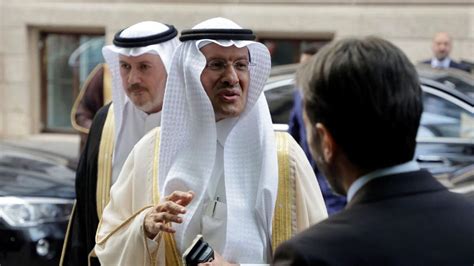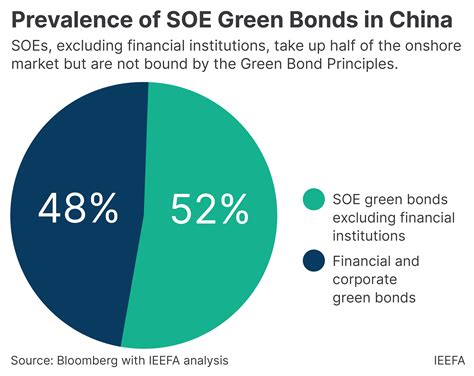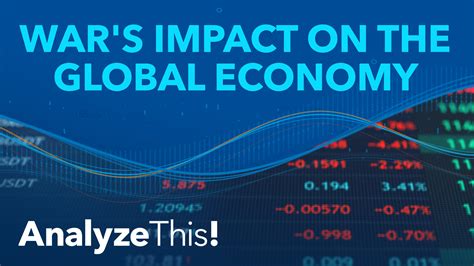“The oil market is experiencing a significant slide due to the recent decisions made by Opec+.”
Once upon a time, in the ever-dynamic world of global markets, where prices fluctuate like waves on the ocean, there was an event that sent shockwaves through the oil industry. It all started when OPEC and its allies, collectively known as OPEC+, decided to increase oil production. This decision had a ripple effect that reverberated across the markets, causing oil prices to plummet.
As news of OPEC+’s move spread like wildfire, traders and investors found themselves grappling with uncertainty. The sudden influx of oil into the market meant an increase in supply, driving prices down. But that wasn’t the only factor at play in this intricate web of market dynamics.
“The impact of tariffs on global trade has added another layer of complexity and fear to market sentiment.”
In a world where economies are intricately interconnected through trade agreements and partnerships, any whispers of tariffs can send shivers down the spine of even the most seasoned investor. Tariffs have been used as weapons in trade wars between nations, with each side trying to gain leverage over the other. The threat of tariffs being imposed or increased can create a sense of unease among investors, leading to a cautious approach in the market.
Expert analysts weighed in on these developments, offering their insights into what this could mean for the future of the oil market. One prominent analyst highlighted how OPEC’s decision could lead to an oversupply situation if demand doesn’t match up. This imbalance could further drive prices down and create volatility in the market.
“The interplay between OPEC’s output decisions and global trade policies is shaping market dynamics.”
As traders braced themselves for what lay ahead, discussions around finding stability in such turbulent times emerged. Some experts suggested that diversifying investment portfolios beyond traditional assets like oil could provide a cushion against such sudden downturns. Others emphasized staying informed about geopolitical events and policy changes that could sway market trends.
With so many moving parts at play – from production levels set by OPEC+ to tariff negotiations impacting global trade – it’s no wonder why investors are treading carefully in these uncertain waters. As each day unfolds with new developments shaping the economic landscape, one thing remains certain: adaptability and foresight will be key for navigating through these challenging times.
In conclusion, as we witness this unfolding saga in the world of oil markets, one thing becomes clear – volatility is here to stay. How players adapt to these fluctuations will determine who emerges victorious in this ever-evolving game of supply and demand.









Leave feedback about this